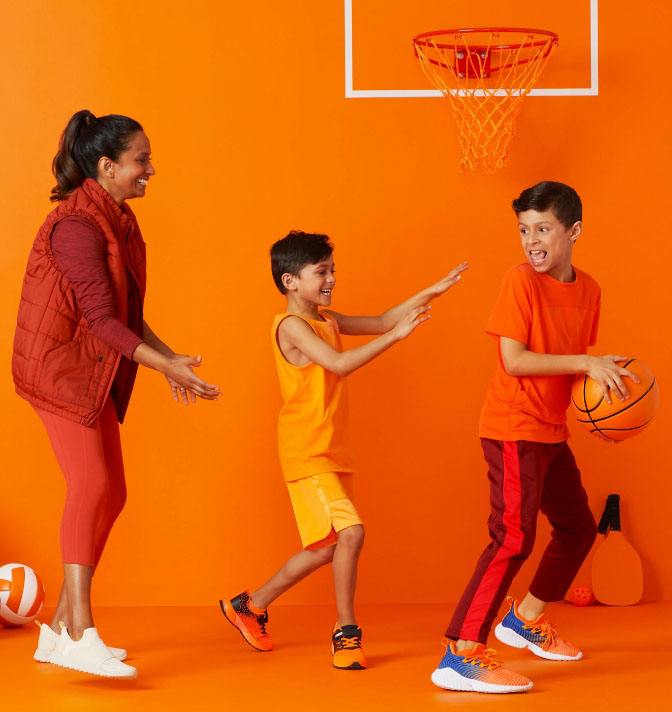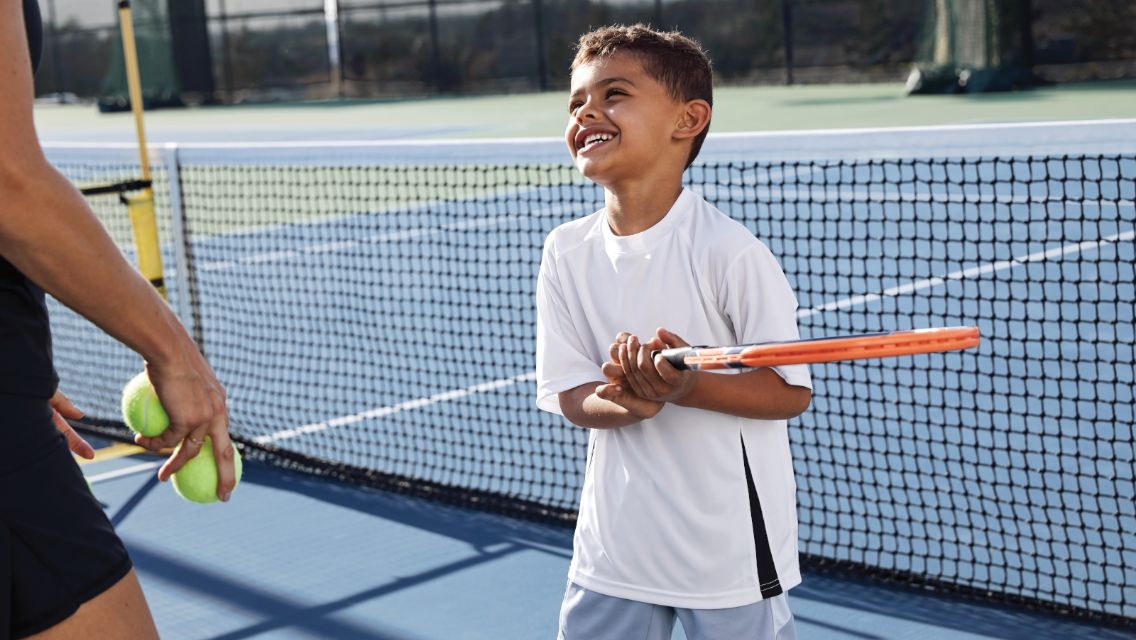It’s easy to buy into the idea that your child needs more of the same sport to become a better athlete. And it’s hard to say no to extra practices and camps when it seems the roster for the local high school soccer team is already being shaped in elementary school.
But if our goal is to promote lifelong athletics and movement, experts say, specializing in one sport is not the ideal. “Early specialization, for the majority of kids, is not helpful — it can be harmful,” says Joel Brenner, MD, a pediatric sports-medicine specialist at the Children’s Hospital of the King’s Daughters in Norfolk, Va., and former chair of the American Academy of Pediatrics’ Council on Sports Medicine and Fitness. “From a physical standpoint, kids are more likely to sustain stress fractures and other overuse injuries. From a psychological standpoint, we see burnout. Kids might drop out of sports completely, or their experience can lead to depression and anxiety or make it worse.”
More-specialized adolescent athletes are significantly more likely to be injured compared with less-specialized athletes, according to a longitudinal study published in the Orthopaedic Journal of Sports Medicine in 2020. Young athletes whose weekly training hours exceeded their age or who trained twice as many hours as they spent in free play were significantly more likely to be injured.
“Kids who play multiple sports will have developed overall athleticism and the ability to use different parts of their bodies, and have a better chance to find the activity they care about most.”
“If you slot a kid into playing baseball exclusively at age 6, they might be burned out by the time they reach high school,” says Tom Farrey, founder and executive director of the Aspen Institute’s Sports and Society Program and author of Game On: The All-American Race to Make Champions of Our Children. “Kids who play multiple sports will have developed overall athleticism and the ability to use different parts of their bodies, and have a better chance to find the activity they care about most.” (For more on specialization and competition in kids’ sports, see “Are Kids’ Sports Becoming Too Competitive?“.)
Rather than pushing kids to choose their lifelong sport, parents can encourage them to try sports without any pressure and let them step away from activities they dislike. Give them a chance to try a couple of practices or classes, and let them discontinue activities without pressure or judgment.
Finally, remember that the parents’ sports don’t have to be the kids’ sports, says Farrey. Let your kids think outside of their parents’ paradigm. New activities you’ve never even tried could become their thing, whether it’s Ultimate Frisbee, parkour, horseback riding, pickleball, or a game waiting to be created.
The endgame for most kids isn’t sports; it’s a lifelong love and appreciation for movement, Farrey adds.
“It’s really about the sense of joy and play we have as kids. And the more that we can retain that into adulthood, the better.”
This was excerpted from “How to Help Kids Thrive Through Physical Activity” which was published in the September 2022 issue of Experience Life.






This Post Has 0 Comments